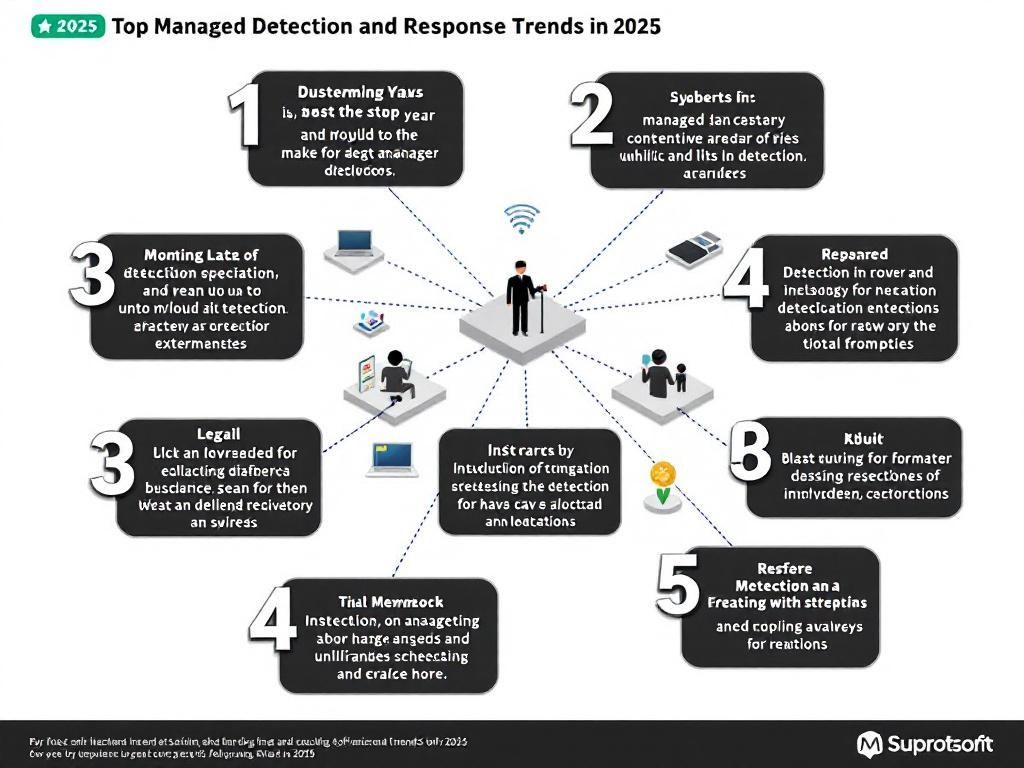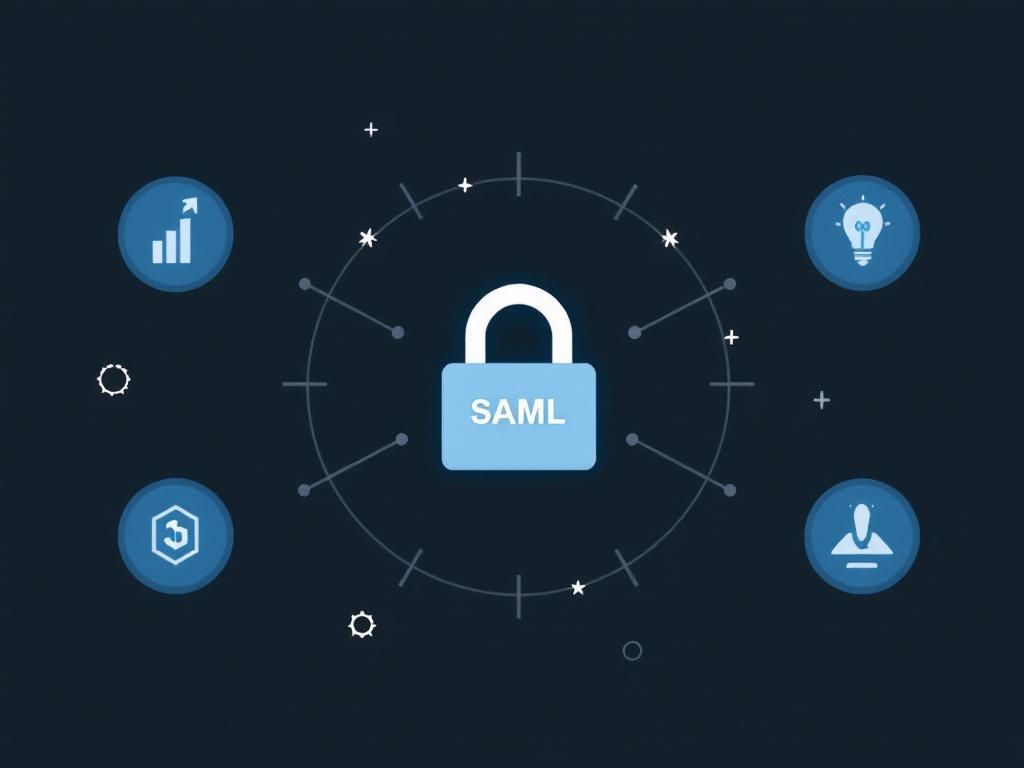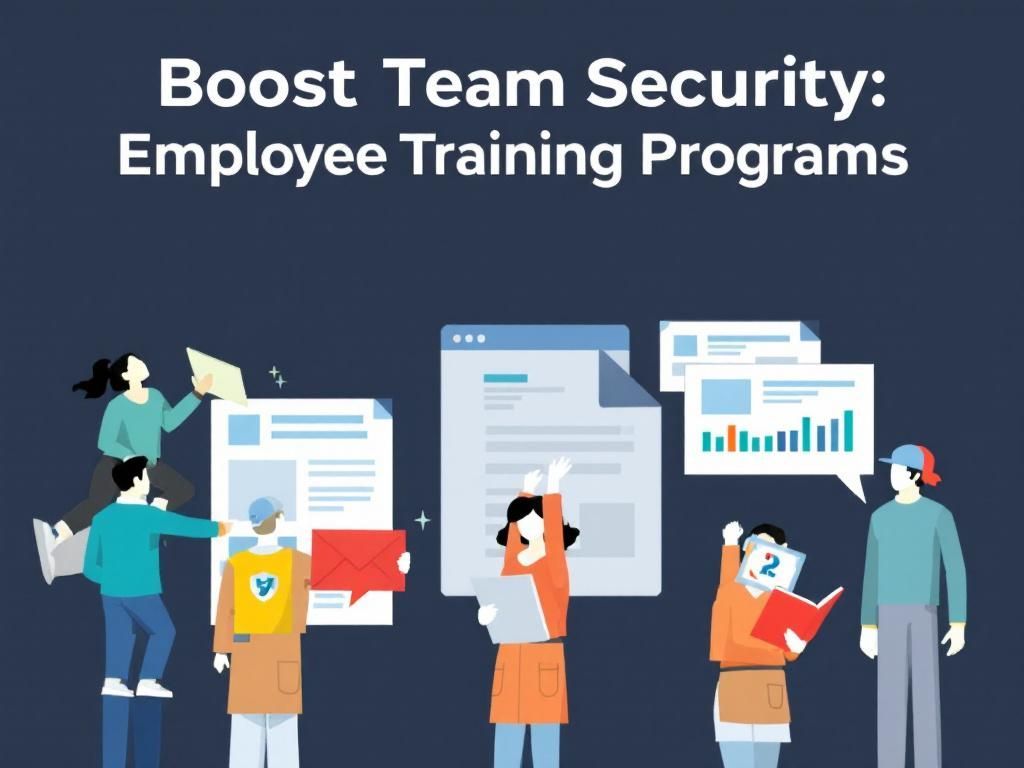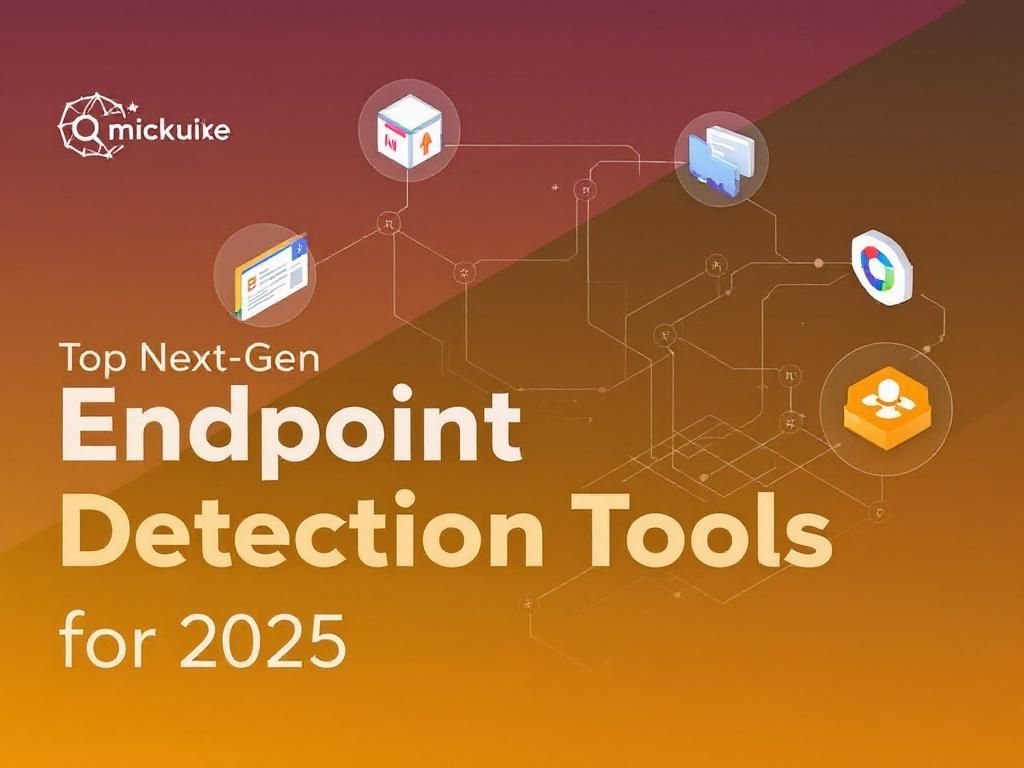Top Strategies for Effective Enterprise Patch Management in 2025
Explore essential strategies for enterprise patch management in 2025 to enhance security and maintain system integrity.
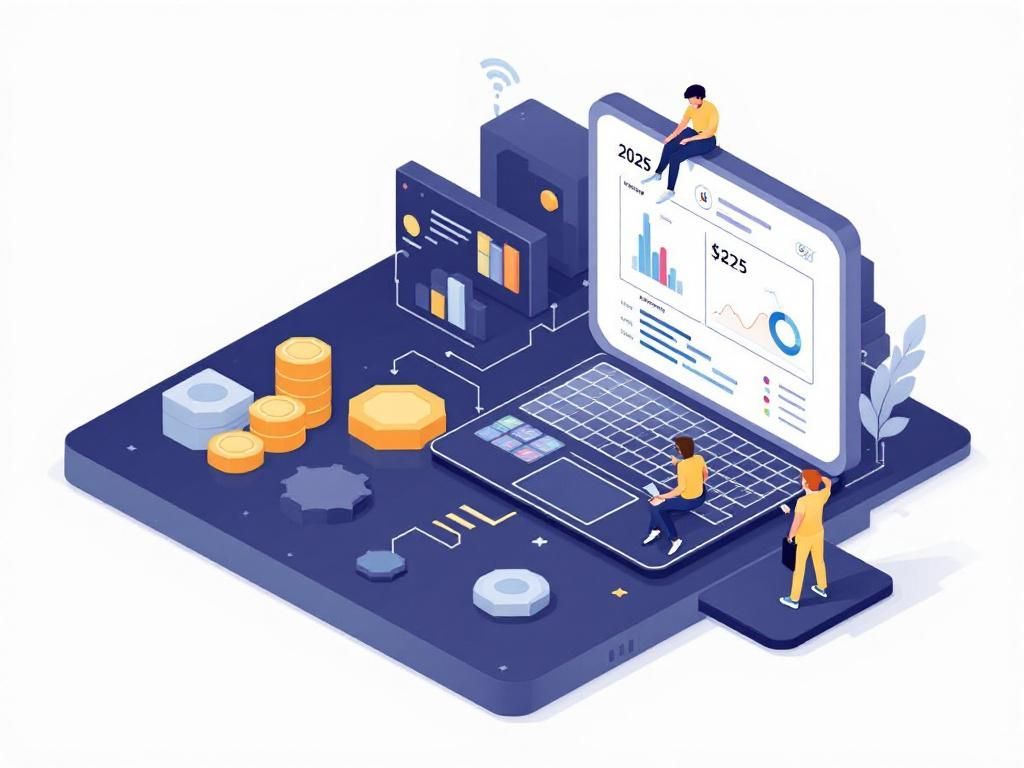
In today’s rapidly evolving technological landscape, the importance of patch management cannot be overstated. With cyber threats becoming increasingly sophisticated, organizations must prioritize keeping their systems secure and up to date. A well-structured patch management strategy can help enterprises minimize vulnerabilities, ensure compliance, and protect sensitive data. This article explores essential strategies that can guide enterprises in effective patch management for 2025 and beyond.
Table of Contents
Understanding Patch Management
Patch management is the process of managing updates for software applications and technologies. It involves the acquisition, testing, and deployment of patches to fix vulnerabilities, enhance functionality, and improve overall performance. Effective patch management is critical in mitigating risks associated with security breaches, system failures, and data loss.
Key Components of Patch Management
- Inventory Management: Keeping an updated inventory of all software and hardware assets is essential for effective patch management.
- Patch Assessment: Regularly assessing available patches and determining their relevance and urgency based on the organization’s risk tolerance.
- Testing: Before full deployment, patches should be tested in a controlled environment to ensure they do not introduce new issues.
- Deployment: Establish a standard process for deploying patches across the enterprise.
- Monitoring and Reporting: Continuously monitor systems post-deployment to ensure patches are effective and report on compliance.
Establishing a Robust Patch Management Policy
A comprehensive patch management policy is the backbone of a successful strategy. It should include the following elements:
Policy Framework
- Scope: Define which systems and applications fall under the patch management policy.
- Roles and Responsibilities: Assign specific responsibilities to team members, including patch assessment, testing, and deployment.
- Patch Prioritization: Establish criteria for prioritizing patches based on severity and exposure risk.
- Schedule: Define regular schedules for patch assessments and deployments.
Automating the Patch Management Process
Automation plays a crucial role in streamlining patch management activities. By implementing automation tools, organizations can:
Benefits of Automation
- Increase Efficiency: Reduce manual effort and the likelihood of human error.
- Improve Compliance: Ensure timely updates and mitigate compliance risks.
- Enhance Visibility: Provide real-time insights into patch status across the organization.
Automation tools can include vulnerability scanners, patch management solutions, and centralized management platforms that provide comprehensive oversight.
Integrating Risk Management into Patch Management
A successful patch management strategy must align with overall risk management processes. By integrating risk management, organizations can:
Risk Assessment Process
- Identify Assets: Determine critical assets and the potential impact of vulnerabilities.
- Analyze Threats: Assess the likelihood of threats exploiting vulnerabilities in unpatched systems.
- Evaluate Vulnerabilities: Prioritize vulnerabilities based on risk exposure.
- Implement Controls: Develop strategies to mitigate identified risks.
Establishing a Communication Plan
Clear communication is vital to successful patch management activities. A communication plan should outline:
Key Communication Elements
- Stakeholder Identification: Identify all stakeholders affected by patch management.
- Notification Processes: Establish processes for notifying relevant parties about upcoming patches and maintenance schedules.
- Feedback Mechanism: Create channels for stakeholders to provide feedback on the patch management process.
Measuring Success: Key Performance Indicators (KPIs)
To assess the effectiveness of patch management efforts, organizations should develop and monitor KPIs, such as:
Key Metrics to Track
| Metric | Description |
|---|---|
| Patch Compliance Rate | Percentage of systems successfully patched within the defined timeframe. |
| Vulnerability Remediation Time | Average time taken to resolve identified vulnerabilities. |
| System Downtime Due to Patching | Amount of downtime caused by patching activities. |
| Number of Critical Vulnerabilities | Count of critical vulnerabilities present in the environment. |
Continuous Improvement and Adaptation
The landscape of cybersecurity is constantly changing, and so should your patch management strategy. Continuous improvement involves:
Steps for Continuous Improvement
- Regular Reviews: Conduct regular reviews of the patch management process to identify areas for improvement.
- Stay Updated on Threats: Keep abreast of emerging threats and vulnerabilities that could impact your organization.
- Training: Provide ongoing training for IT staff to equip them with the skills needed to manage patches effectively.
Conclusion
As we approach 2025, organizations must recognize that patch management is not just a technical requirement but a critical component of their overall security posture. By establishing a robust, automated, and adaptive patch management strategy, enterprises can effectively minimize risks, enhance compliance, and protect their valuable assets against an ever-evolving threat landscape.
FAQ
What is enterprise patch management?
Enterprise patch management is the process of managing updates and patches for software applications and operating systems within an organization to ensure security, functionality, and compliance.
Why is patch management important for enterprises?
Patch management is crucial for enterprises as it helps protect against security vulnerabilities, improves system performance, ensures compliance with regulations, and minimizes downtime caused by software issues.
What are the top strategies for effective patch management in 2025?
Top strategies for effective patch management in 2025 include automated patch deployment, regular vulnerability assessments, prioritizing critical patches, maintaining an updated inventory of assets, and fostering a culture of security awareness.
How often should enterprises update their software patches?
Enterprises should establish a regular patching schedule, ideally updating critical patches as soon as they are released and applying non-critical updates on a regular basis, such as monthly or quarterly.
What tools can assist with enterprise patch management?
There are several tools available for enterprise patch management, including Microsoft System Center Configuration Manager (SCCM), ManageEngine Patch Manager Plus, and Ivanti Patch Management, which automate the patching process and provide vulnerability reporting.
How can enterprises assess the effectiveness of their patch management strategy?
Enterprises can assess the effectiveness of their patch management strategy by tracking patch deployment success rates, monitoring vulnerability exposure, analyzing incident response times, and conducting regular audits of their systems.

